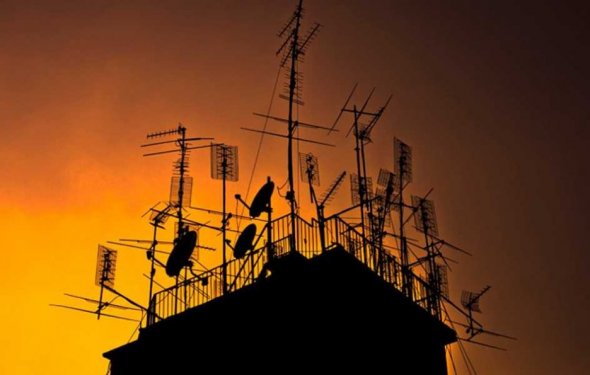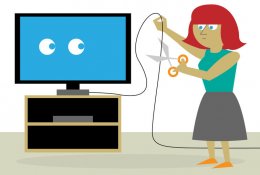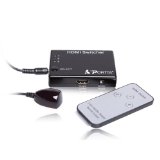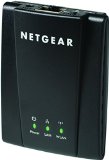How to avoid cable TV?

 For decades, cable television was the best way to get quality shows geared toward specialized audiences. Today, that's what streaming services do, while cable is more like a lumbering dinosaur, slowly laying waste to both consumers' wallets and their sense of good taste. Cable TV still has some great shows, but you no longer need to pay through the nose to get them — not when you can cut the cord.
For decades, cable television was the best way to get quality shows geared toward specialized audiences. Today, that's what streaming services do, while cable is more like a lumbering dinosaur, slowly laying waste to both consumers' wallets and their sense of good taste. Cable TV still has some great shows, but you no longer need to pay through the nose to get them — not when you can cut the cord.
If you're determined to do so, or if you've already done it, here's what you'll need to know about life after cable TV. Tom's Guide will tell you what kind of hardware you'll need, where you can find your favorite shows and roughly how much you should expect to spend.
MORE: Best Online-Original TV Shows
Hardware
Once you ship your cable box back to its Machiavellian overlords, you'll need a way to funnel streaming content directly to your TV. The good news is that this process is both easy and inexpensive, and you may even own the necessary components already.
HD Antenna
The first thing you may want to consider is an HD antenna. This doesn't provide a way to watch streaming videos, but if you want to watch live TV, it's the cheapest and simplest solution. You may remember having rabbit ears on your hand-me-down TV as a kid — an HD antenna is basically the modern-day version of that. You hook the device into your TV, put it somewhere near a window and watch as the free channels roll in.
This process is how you get local broadcast stations and, as such, is ideal for news and sports. You can get a good HD antenna for less than $40, and like with a regular antenna, there are no subscription fees. However, your channel selection depends a lot on where you live, as well as your line of sight to the broadcast location.
MORE: Best Indoor HDTV Antennas
A nonamplified antenna picks up signals across a range of about 20 miles and is ideal for people in urban areas, who tend to live close to broadcast towers. The LeafMetro is a good choice for city dwellers, and costs only $20. Suburbanites and rural citizens may prefer amplified antennas, which pick up signals over a range of about 50 miles, but also cost more. Our top pick here was the $40 Terk Trinity.
Streaming Devices
If you want to take advantage of streaming services — Netflix, Hulu, Amazon Prime and so forth — you'll need a way to display them on your TV. If you have a recent TV from a major manufacturer, you may not need to get anything at all. Smart TVs usually have these apps built in, and almost every high-end TV sold within the last two years or so has smart capabilities.
If not, setting up your TV for streaming can still be a simple and inexpensive process. The market is positively glutted with set-top boxes, streaming sticks, game consoles and other devices. Tom's Guide has compiled a list of the best devices to fit various budgets and streaming preferences.
|
Nyrius 5.8GHz 4 Channel Wireless Video & Audio Sender Transmitter & Receiver with IR Remote Extender for Streaming Cable, Satellite, DVD to TV Wirelessly (NY-GS10) Home Theater (Nyrius)
|

|
IOGEAR Universal Ethernet to Wi-Fi N Adapter for Home or Office GWU627 (Black) CE (IOGEAR)
|

|
PORTTA PET0301S 3x1 Port HDMI Switch/Switcher 1080P Supports 3D with IR Wireless Remote Ultra High... Speakers (Portta)
|
|
1byone High Gain Low Noise HDTV Antenna Amplifier Signal Booster for TV HDTV Antenna with USB Power Supply, Boost Any Non-amplified TV Antenna up to 15 Miles Range Gain 20dB Color White Speakers (1Byone Products Inc.)
|
|

|
NETGEAR Universal N300 Wi-Fi to Ethernet Adapter (WNCE2001) CE (Netgear)
|